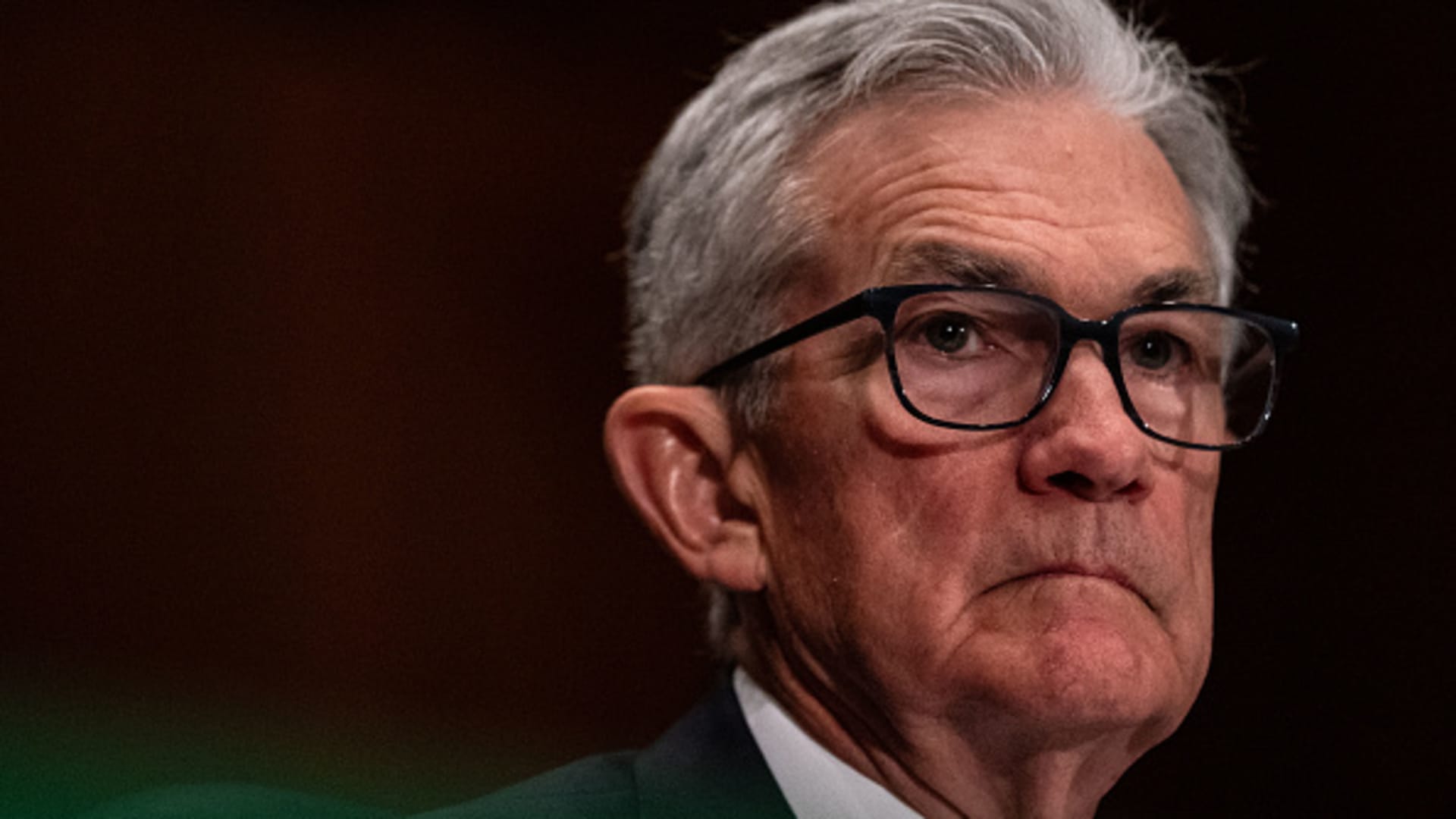
The Federal Reserve's decision to keep interest rates unchanged at their current levels has left consumers and economists in a state of uncertainty. With inflation continuing to hold steady above the Fed's 2% target, many had hoped for a rate cut to help ease the burden on consumers.
However, recent economic data suggests that the labor market is showing signs of improvement. Employers added an average of 276,000 jobs a month from January to March, up from 212,000 jobs on average in the previous three months. Labor costs for employers also rose by 4.2% in the 12 months ending in March.
Despite these positive signs, inflation remains a concern. The Consumer Price Index came in at an annual rate of 3.5% in March, driven by rising housing costs and insurance rates, especially auto insurance.
Economists are divided on the outlook for inflation and interest rates. Mark Zandi, chief economist at Moody's, believes that inflation will continue to moderate but acknowledges that it may take some time. Others are less optimistic, warning of the potential for a prolonged period of high inflation.
The Fed has sought to combat inflation by keeping interest rates elevated. By making it more expensive for businesses and consumers to borrow money, the Fed hopes to reduce demand for goods and services, thereby reducing price growth.
However, some economists argue that the Fed's efforts may be in vain. Home and auto insurance companies continue to pass on higher costs to consumers, while post-pandemic wealth gains have left some consumers with plenty of money to spend despite higher prices.
The wait for slower inflation has left many consumers feeling dour about their economic prospects. The Conference Board's monthly Consumer Confidence Index came in at its lowest level since July 2022, with consumers expressing concern about the current labor market situation, future business conditions, job availability and income.
Despite these challenges, most analysts believe that the odds of a recession are remote. Spending on services came in at an annual rate of 4% in March, the fastest pace since 2021.
The Fed's next meeting is scheduled for May 3-4. Chairman Jerome Powell is expected to testify before the Senate Banking, Housing and Urban Affairs Committee on March 7. The markets are anticipating a near-zero chance of a rate cut in June and only one cut in September.
The Fed's decision to keep interest rates unchanged has left many consumers and economists wondering what comes next. With inflation continuing to be a concern, the central bank will need to carefully balance its campaign against elevated inflation with ensuring that the economy does not slip into a recession.




